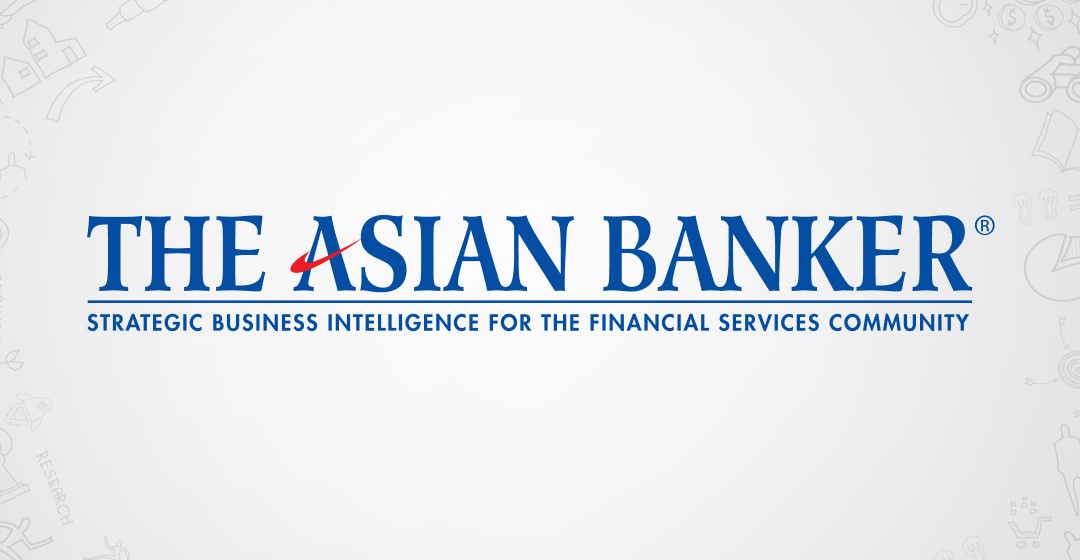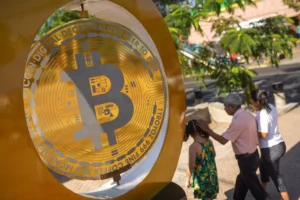Xapo Bank Sees Surge in Bitcoin-Backed Borrowing: What You Need to Know

Xapo Bank Reports Surge in bitcoin Utilization and Digital Asset Engagement
Strategic Growth in bitcoin-Backed Loans
Xapo Bank has reported a significant increase in the use of bitcoin and digital assets among its global clientele, as highlighted in the latest edition of the Xapo Bank Digital Wealth Report for the second quarter (Q2). The report indicates a 24% rise in the initiation of bitcoin-backed loans, alongside a notable increase in bitcoin holdings among Millennials and a shift in stablecoin inflows towards emerging markets.
The quarterly report, which leverages exclusive insights from one of the pioneering bitcoin-enabled private banks, underscores a trend where members are not merely holding digital assets but actively utilizing them to safeguard wealth, access liquidity, and adapt to macroeconomic conditions with a long-term perspective.
Rise in bitcoin-Backed Lending
Since its launch in the first quarter (Q1), Xapo’s bitcoin-backed lending service has experienced a 24% increase in loan initiations during Q2. Members are increasingly opting to use their bitcoin holdings as collateral to access liquidity without selling their assets, demonstrating a strategic approach to leveraging their investments.
Eligible members can borrow amounts up to $1 million through the Xapo Bank app, with repayment terms structured to maintain long-term exposure to bitcoin. European members have led the charge, accounting for 72% of the total loan volume, with Latin America also showing strong engagement.
Data on loan durations indicates varied borrower behavior, with 47% of loans lasting less than 90 days and 40% extending for a year, reflecting the product’s flexibility and the diverse needs of the members.
Millennials and Gen Z Drive Adoption
Since 2022, bitcoin holdings among Millennial members (born between 1981 and 1996) at Xapo Bank have surged by 10%, positioning this demographic as a significant force in bitcoin adoption. Meanwhile, the younger Gen Z members (born from 1997 to 2012) are also making their mark, with their numbers increasing more than 14-fold since Q1 2022.
Although Gen Z members currently represent a smaller segment of the overall membership, they are already displaying a more dynamic investment strategy, frequently adjusting their holdings and responding to market trends in real-time.
bitcoin‘s Resilience Amid Market Fluctuations
Throughout Q2, bitcoin‘s price demonstrated a steady upward trajectory, rising from $94,000 in April to over $119,000 by July 1, despite broader market volatility. Rather than retreating, Xapo Bank members chose to rebalance their portfolios. Trading activity was primarily driven by strategic responses to price increases, with 60% of bitcoin trades being sell orders aimed at profit-taking and liquidity optimization, rather than panic selling. Consistent buying activity further illustrates ongoing confidence in bitcoin‘s long-term potential.
Regional data indicates that bitcoin holdings remained stable overall, with both the Asia Pacific and Middle East regions increasing their shares in Q2—Asia Pacific doubling to 6% and the Middle East rising to 3% since Q1. This reinforces bitcoin‘s status as a globally recognized and widely held asset.
Seamus Rocca, CEO of Xapo Bank, commented on this shift, stating, “This change signifies a move away from the speculative narrative that has long surrounded bitcoin. Whether examining institutional flows or retail behavior, the consensus is clear: confidence in bitcoin’s long-term value is not only holding firm but also expanding. Members are now using bitcoin strategically—not just as a store of value, but as a tool for borrowing, diversification, and navigating market conditions. This evolution is a natural progression as bitcoin matures into a globally acknowledged financial asset.”
Global Expansion of Stablecoin Usage
Xapo Bank has observed a robust increase in stablecoin adoption across various markets, with inflows rising by 40% in the Middle East, 25% in Africa, and 12% in the Asia Pacific region. Conversely, stablecoin inflows in Europe decreased by 25%, returning to baseline levels following a spike in Q1.
Additionally, USDC deposits have continued to grow, increasing by 7.5% in Q2 after a nearly 20% rise in Q1. These trends indicate a growing trust in stablecoins as effective tools for both on- and off-ramps, as well as for facilitating cross-border transactions.
This article has been redisseminated by The Asian Banker.







